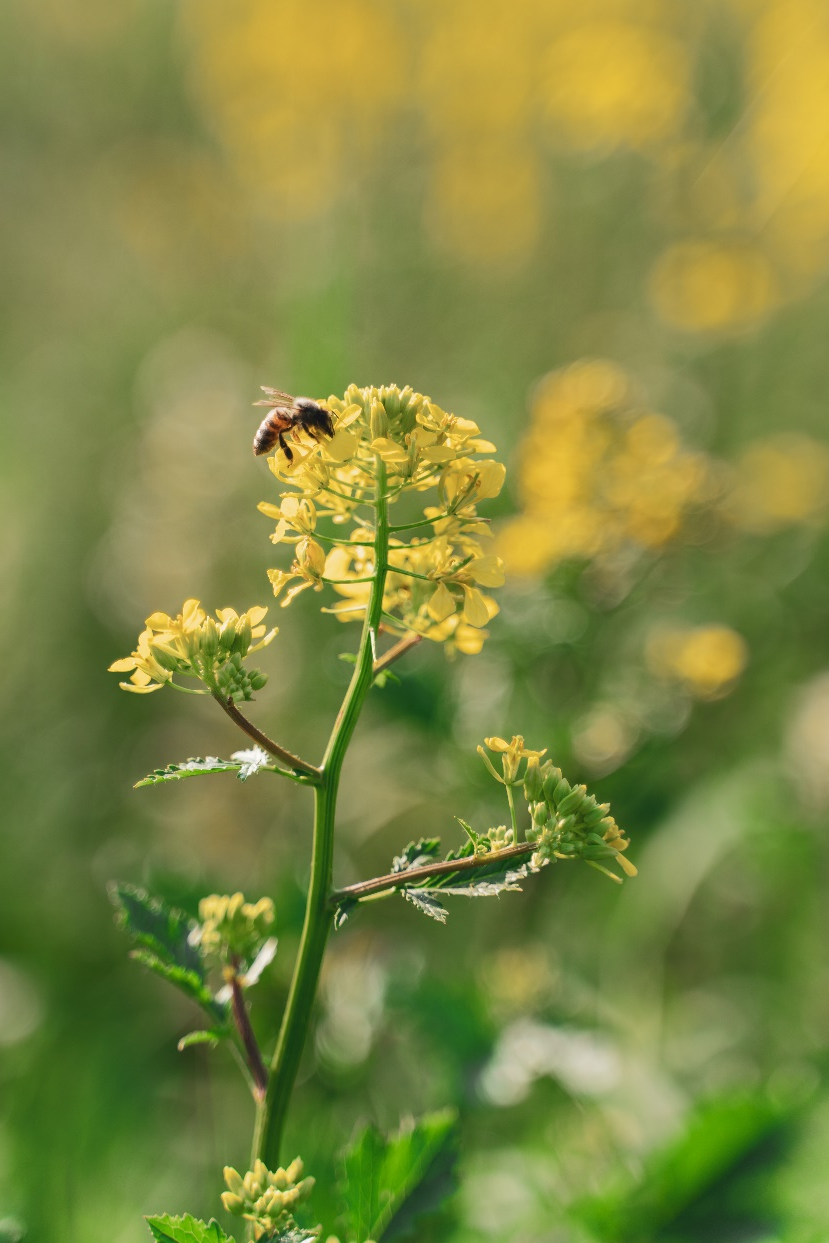SUSTAINABILITY
OPAS has defined voluntary policies for managing various internal organizational aspects. Initially, it deemed it appropriate to define its management guidelines for three important aspects: health, safety, and the environment.
These policies then formed the basis for the development of corresponding management systems, which enabled the company to achieve ISO 45001 and ISO 14001 certification respectively.
Focus on the environment – direction objectives:
The raw materials
INCREASE IN THE USE OF RECYCLABLE MATERIALS FOR PACKAGING
SEARCH FOR RECYCLED MATERIALS WHERE POSSIBLE
STAFF TRAINING TO PROMOTE CONSCIOUS USE OF RESOURCES
The energy
IMPLEMENTATION OF CONSUMPTION MONITORING
IMPROVEMENT OF ENERGY EFFICIENCY
REDUCTION OF ELECTRIC ENERGY PURCHASED WITH THE INSTALLATION OF PHOTOVOLTAIC PANELS
SHARING WITH ALL PEOPLE INVOLVED OF THE BEST PRACTICES FOR THE COMPANY’S ENERGY IMPROVEMENT
The water
CONSCIOUS USE OF WATER
OPTIMIZATION OF WATER CONSUMPTION
ANALYSIS OF POSSIBLE REUSES
Waste
CONTINUOUS MONITORING OF WASTE PRODUCTION FOR THEIR MANAGEMENT AND REDUCTION
RAISING AWARENESS OF STAFF INVOLVED IN WASTE MANAGEMENT OPERATIONS
The air
MONITORING AND TREND TO REDUCTION OF GHG EMISSIONS


